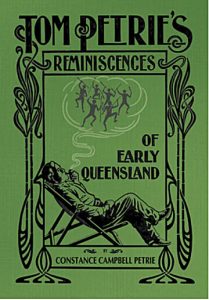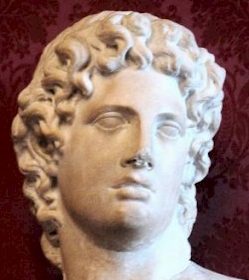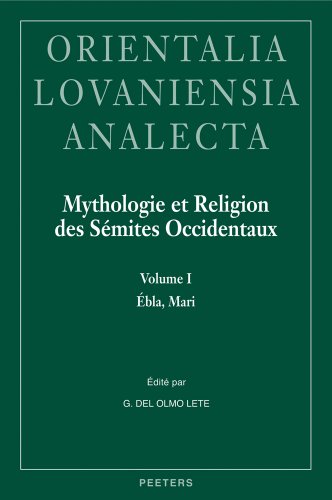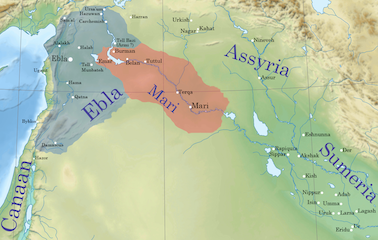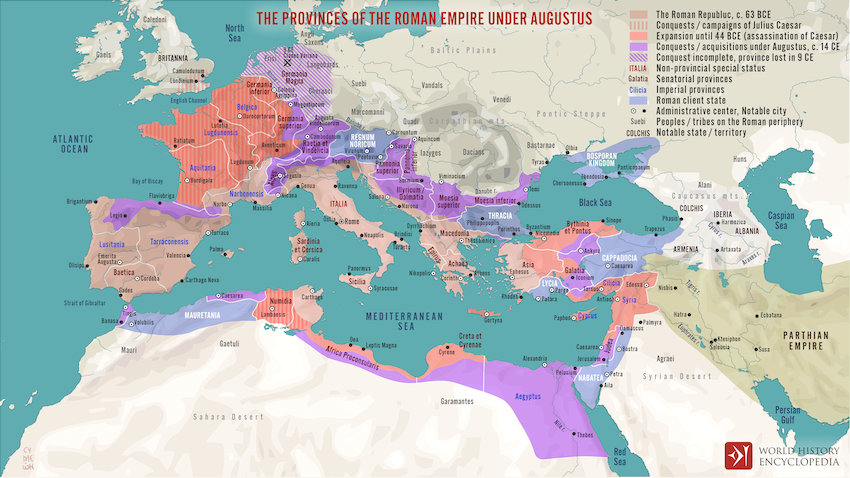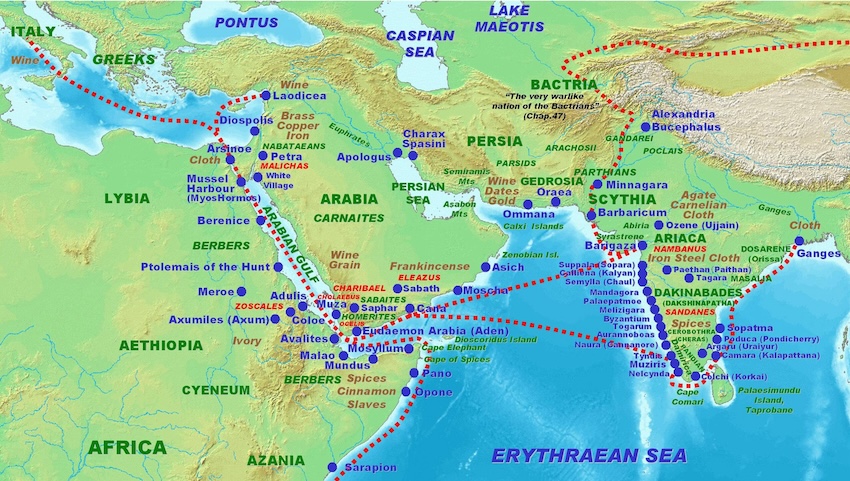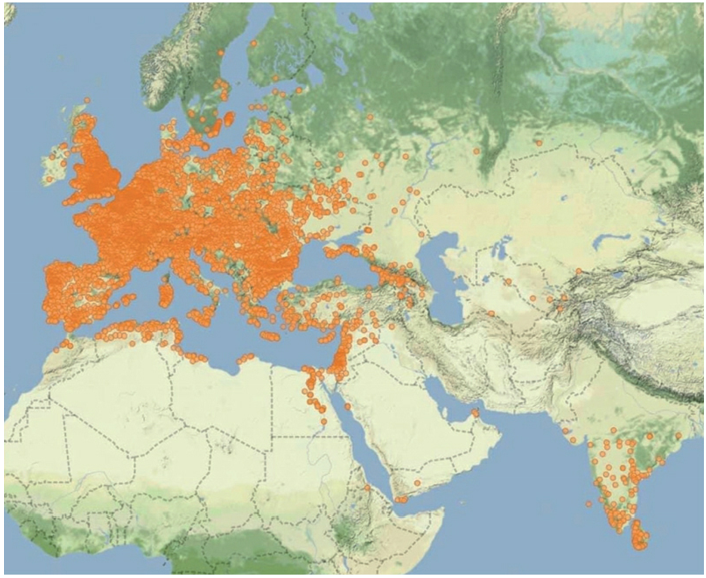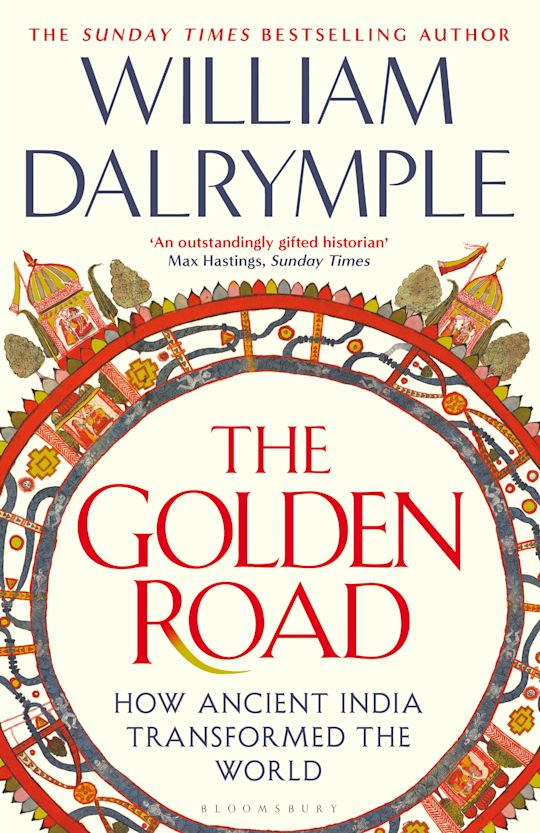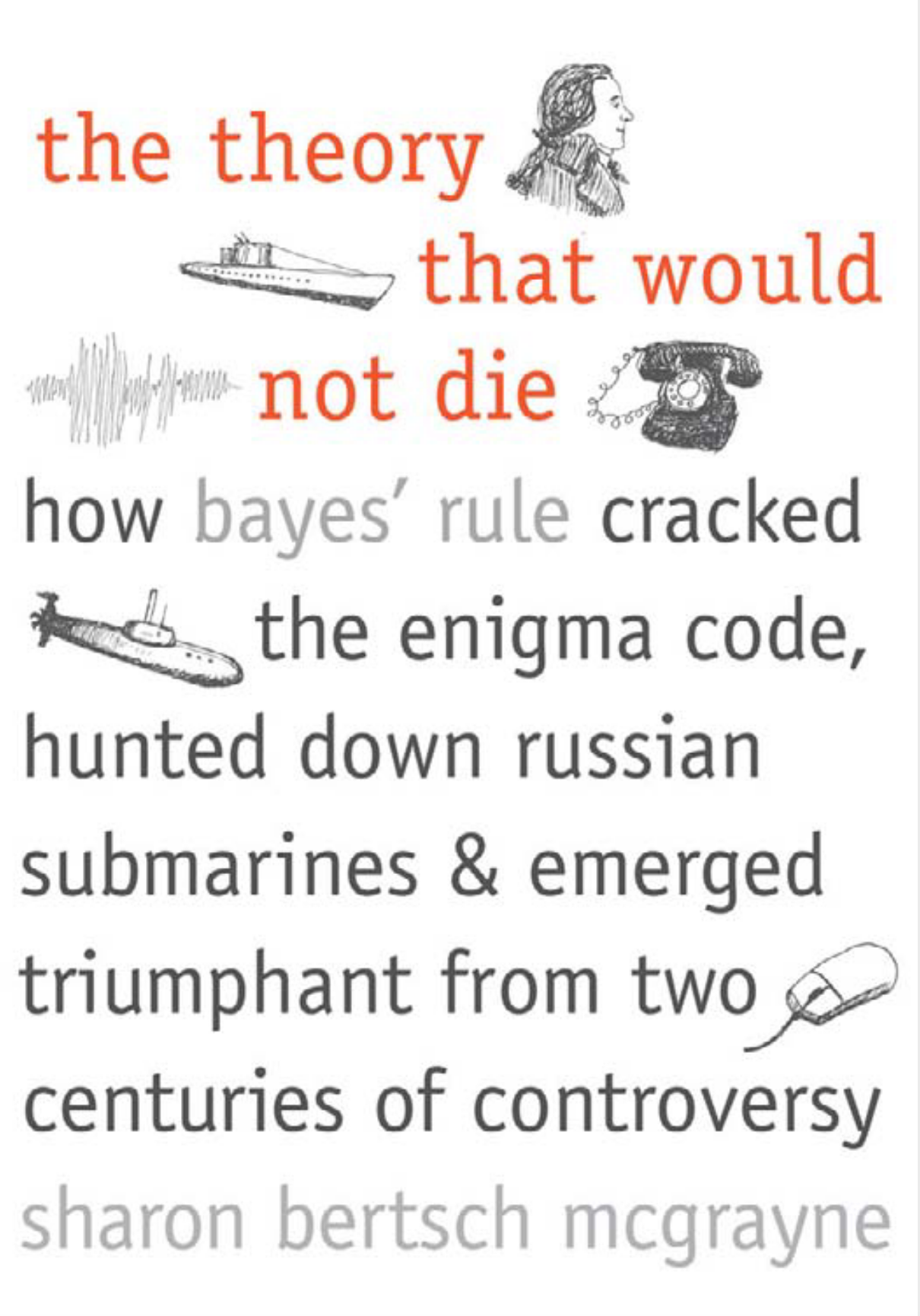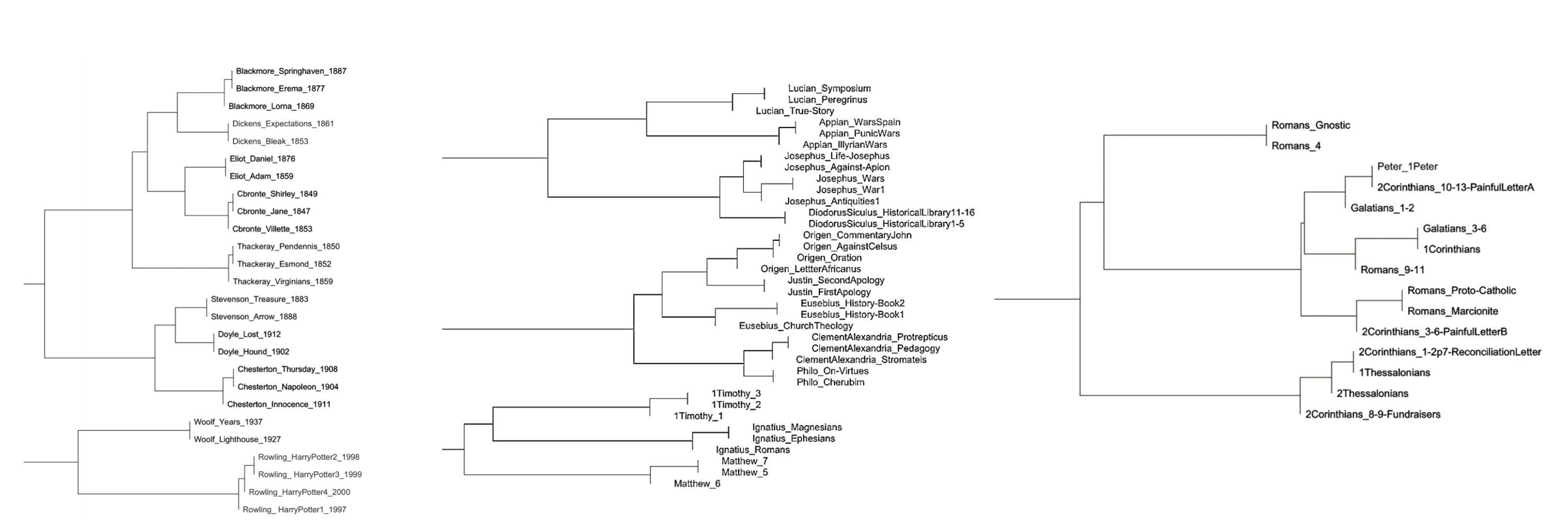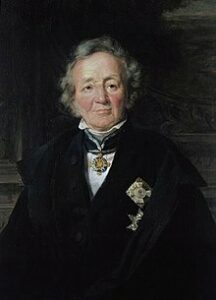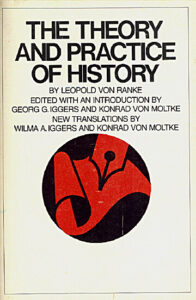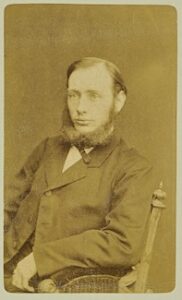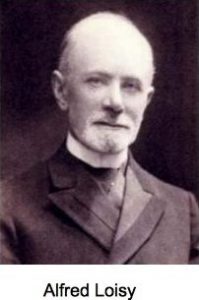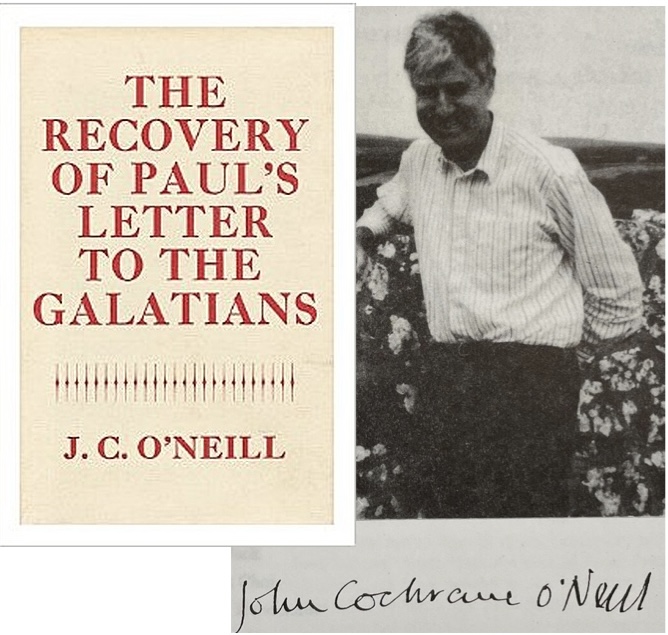I use two sources for this post. The first is a widely used text for advanced studies (seminaries and universities) in the “biblical history of Israel”. The second is a research conference paper by a specialist in the Middle Bronze Age Levant.
Let’s get our bearings with respect to the various ages that will be referenced in what follows:
Ancient Times From the emergence of cities and the beginning of writing to Alexander the Great—i.e., the first three thousand years of recorded history. This was the era of the ancient empires of Egypt, Mesopotamia, and Anatolia. The kingdoms of Israel and Judah appeared toward the end of Ancient Times, during the Iron Age.
Miller, J. Maxwell, and John H. Hayes. A History of Ancient Israel and Judah. 2nd Ed. Louisville, Ky. London: Westminster John Knox Press, 2006. p. 2
Under the heading Questionable Correlations between Archaeology and the Bible Miller and Hayes explain the problem with early attempts to line up the Bible’s accounts of Israel’s origins with archaeology:
During the early years of archaeological research and throughout most of the twentieth century many archaeologists and biblical scholars attempted to correlate the constantly increasing archaeological evidence with an essentially uncritical reading of the biblical account of Israel’s origins. This approach has been largely abandoned in recent years, for two reasons. First, both the biblical story and the archaeological evidence had to be used selectively, and often given strained interpretations as well, in order to achieve even a loose correlation. Second, an increasing number of biblical scholars and archaeologists have come to view the biblical account of Israel’s origins as idealistic and not historically trustworthy. It will be instructive to review some of the proposed correlations between the biblical account and archaeology that linger on in the public media but do not represent the current thinking in most scholarly circles. (p. 51)
The first of the “proposed correlations . . . lingering on in public media” they discuss is:
The Amorite Hypothesis
In the Early Bronze Age we have strong city states flourishing in the Fertile Crescent until towards 2000 B.C.E. when we find “a breakdown of this urban phase . . . followed by a period of largely nomadic and seminomadic society”.
Mesopotamian texts around this time or shortly before the “urban breakdown” phase mention Amurru (the Amorites). During the Middle Bronze Age there is said to be a “resurgence” of urban centres along with Amorite rulers of major Mesopotamian cities.
The hypothesis formulated in the 1930s was that Amorite migrations into the Levant had been responsible for the “urban breakdown” and it was the Amorites who were responsible for the waves of nomadic or seminomadic movements. The patriarchs of Genesis, Abraham, Isaac and Jacob, who were said to have arrived from Ur of the Chaldees and who moved around the region of Canaan were understood against this background. The biblical patriarchs belonged to this “(semi)nomadic” time.
The hypothesis matched one selection of the Bible’s chronology:
And it came to pass in the four hundred and eightieth year after the children of Israel were come out of the land of Egypt, in the fourth year of Solomon’s reign over Israel, in the month Zif, which is the second month, that he began to build the house of the Lord. — 1 Kings 6:1
Now the sojourning of the children of Israel, who dwelt in Egypt, was four hundred and thirty years. — Exodus 12:40
| Abraham, Isaac, Jacob (Absence of strong city states allows easy movement between Mesopotamia and Egypt; customs of the time were supposed to match those depicted in the Bible’s patriarchal narratives) |
ca 1900 to 1800 B.C.E. |
| Hyksos rule in Egypt // Israelites enter Egypt |
ca 1700 to 1550 B.C.E. |
| 400 + years —–> Exodus // conquest of Canaan | ca 1100 B.C.E. |
| Solomon’s temple | ca 980 B.C.E. |
Miller and Hayes point out that “there are serious problems” with the above hypothesis, noting:
A frontal assault on this view was carried out by T. L. Thompson, The Historicity of the Patriarchal Narratives (BZAW133; Berlin: de Gruyter, 1974); and John Van Seters, Abraham in History and Tradition (New Haven: Yale University Press, 1975). (p. 52)
- There is no consensus among archaeologists that the Amorites were responsible for the urban changes between the Early and Middle Bronze Ages.
- A timeline of biblical chronology using the genealogical data (Genesis 15:16, 46:8-11 and Exodus 6:18-20) requires four generations (Jacob-Levi-Amram-Moses) with each generation averaging 100 years.
- The earliest extra-biblical reference to Israel is the Merneptah stele of ca 1200 B.C.E. announcing that Egypt had defeated “Israel” in Canaan so that they “were no more”.
- The parallels between biblical names and customs, on the one hand, and those known from Middle and Late Bronze Mesopotamian texts, on the other, become less impressive when one takes into account that the sorts of names and customs involved were not confined to the second millennium b.c.e. but were apparently characteristic of the first millennium as well. This renders the parallels relatively useless for pinpointing any particular period as “the patriarchal age.” (p. 53)
- Biblical “traditions” associate the patriarchs with Iron Age Arameans (Deuteronomy 26:5) and other Iron Age people (Moabites, Edomites, Philistines) — never with the Bronze Age Amorites.
The Exodus and Natural Catastrophes

Immanuel Velikovsky argued for catastrophes on earth resulting from earth’s close encounter with a mammoth comet, specifically resulting in the pulling of the waters of the Red Sea apart and returning them in a tidal wave to drown Pharaoh’s army. The Egyptian plagues and subsequent “long day” of Joshua were likewise the ripples from cosmic phenomena in dance.
Others have bucked the trend to date the volcanic eruption of Thera to around 1600 B.C.E. by marking it around 1450 B.C.E. Ash was responsible for the plagues and geological shifts produced massive waves destroying the Egyptian army pursuing Israel.
Bryant G. Wood and Piotr Bienkowski argue — behind the paywall of the Biblical Archaeological Review — over just how early in the Bronze Age an earthquake brought down the walls of Joshua’s Jericho. (When Miller and Hayes wryly comment on Wood’s argument, “apparently in perfect timing for the seventh day of the Israelite march around the walls”, I assumed they were being cynical. But no, a reading of Wood’s article does make it clear that the “earthquake” presumably struck after the Israelites had marched around the walls seven days!)
Theories of this sort attempt to give naturalistic and scientifically acceptable explanations for the more fantastic and miraculous biblical claims. In our opinion, however, these theories presuppose such hypothetical scenarios, such a catastrophic view of history, and such marvelous correlations of coincidental factors that they create more credibility problems of their own than the ones they are intended to solve. (p. 53)
The Ramesside Period as the Setting of the Exodus
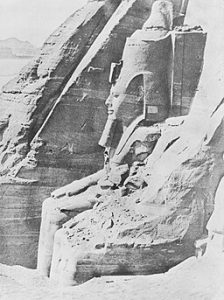
The famous Ramses/Ramesses name featured eleven times throughout the nineteenth and twentieth dynasties of Egypt — from the Late Bronze to the Early Iron Age. And since in Exodus 1:11 we read . . .
So they put slave masters over them to oppress them with forced labor, and they built Pithom and Rameses as store cities for Pharaoh
. . . and since that bland “statement of fact” has, for some, a “ring of authenticity”, the Exodus is best dated during the reign of one of the Ramesses. The great Ramesses II is the one of choice. He began his long reign around 1300 B.C.E. One detail in favour of this time slot is that it would allow the Israelites to reach Canaan in time for the above mentioned Merneptah stele inscription to record that “Israel is no more” after an Egyptian campaign.
Hayes and Miller again draw readers’ attentions to the drawbacks of this hypothesized date:
For one thing, we would expect Israelite storytellers to be familiar with and to use Mesopotamian and Egyptian names and customs in their narratives. Another problem with this proposed correlation between Egyptian history and the biblical narrative is that it does not square very well with biblical chronology. The Nineteenth and Twentieth dynasties ruled from the end of the fourteenth century until after the beginning of the eleventh century. Yet biblical chronology seems to place the exodus already in the fifteenth century. (p. 54)
Transjordanian Occupational Gap
It was once believed that there had been a significant gap of more than half a millennium in settlement in the region east of the Jordan River prior to the thirteenth century. From the 1200s B.C.E. renewed settlements and the rise of the kingdoms of Edom and Moab were witnessed. Given that the Biblical account of the wandering Israelites encountering the kingdoms of Edom and Moab on their way to Canaan, it followed that the Exodus and conquest of Canaan could not have happened before the 1200s B.C.E.
This line of argumentation was combined with, if not inspired by, the identification of Pharaoh Ramesses II as the pharaoh of the exodus (see above).
But there is a but…
More recent archaeological exploration in the Moabite and Edomite regions of southern Transjordan has discredited the idea of a sharp occupational gap prior to the thirteenth century. (p. 55)
Thirteenth-Century Destructions
West of the Jordan River, in the land of Canaan, there is evidence of “widespread city destructions” toward the end of the Late Bronze Age. Here is the accompanying map from the Miller and Hayes volume (p. 56):
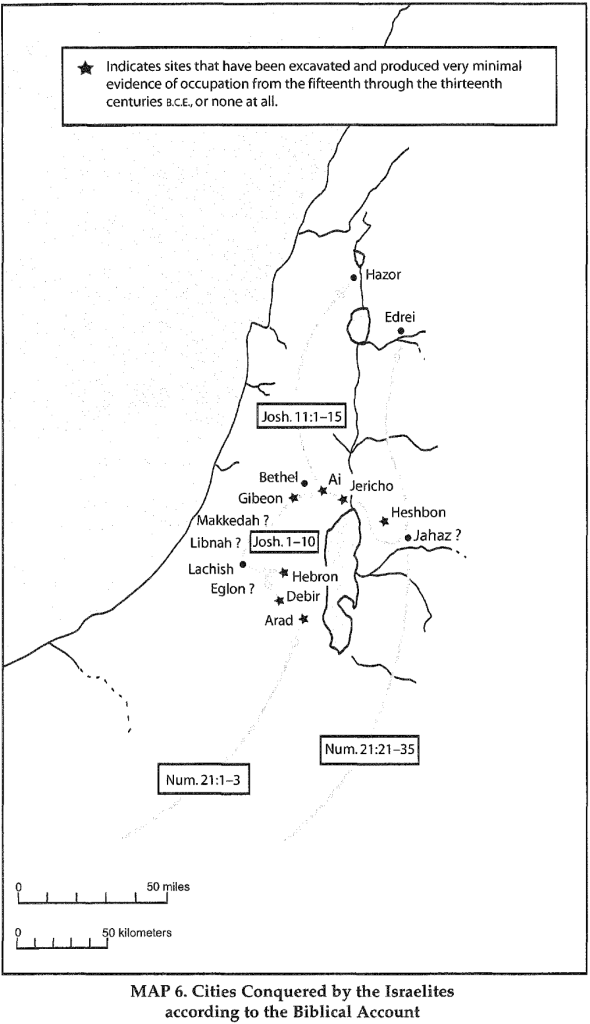 Again, M&H list the problems with this hypothesis:
Again, M&H list the problems with this hypothesis:
- Late Bronze Age city destructions “were part of a general pattern throughout the ancient world”. We cannot know if the destructions occurred simultaneously or even with the onslaught of a common enemy. We do not know if warfare was responsible in most cases.
- With the exceptions of Lachish and Hazor, the cities destroyed in this period are not the ones listed in the biblical account of the conquest.
- Most of the sites that are identified with cities that the biblical account does associate with the conquest, on the other hand, have produced little or no archaeological indication even of having been occupied during the Late Bronze Age, much less of having been destroyed at the end of the period. Prominent among such “conquest cities” are Arad (present-day Tell Arad), Heshbon (Tell Hisban), Jericho (Tell es-Sultan), Ai (et-Tell), and Gibeon (el-Jib). (p. 55)
The Search for a Distinctively Israelite Material Culture
If only distinctive cultural remains could identify “Israelites” in distinction from other ethnic groups in the land! Some scholars have focussed on “collared-rim jars and four-room houses”:

Yet there is nothing intrinsically “Israelite” about either of these features, and in fact they show up in the regions of ancient Ammon and Moab, east of the Jordan River, as well as in the areas generally associated with Israelite settlement. Apparently these items belonged to a commonly shared culture throughout Iron I Palestine and therefore cannot be used to isolate particular sites, geographical areas, or historical periods as “Israelite.” (p. 57)
And as for pig bones? Surely the absence of pigs would indicate Israelite settlement, yes?
From the foregoing discussion, it is clear that no human behavioral evidence exists to indicate that pig avoidance was unique to any particular group in the ancient Near East. The fact that complex variables affect the choice to raise swine have confounded attempts to find an origin to the pig prohibition. Lots of people, for lots of reasons, were not eating pork. The bald fact is that there is no date before the Hellenistic period when we can assert with any confidence, based on archaeological and textual evidence, that the religious injunction which enjoined Jews from eating pork was actually followed by them alone as a measure of social distinction. (Hesse & Wapnish, p. 261 — referenced by Miller and Hayes — See also the post: The “Late” Origins of Judaism – The Archaeological Evidence)
The Conquest of Canaan: Observations of a Philologist . . .
Continued in the next post . . . .
Miller, J. Maxwell, and John H. Hayes. A History of Ancient Israel and Judah. 2nd ed. Louisville, Ky. London: Westminster John Knox Press, 2006.
Hesse, Brian, and Paula Wapnish. “Can Pig Remains Be Used for Ethnic Diagnosis in the Ancient Near East?” In The Archaeology of Israel: Constructing the Past, Interpreting the Present, edited by Neil Asher Silberman and David B. Small, 238–70. Sheffield, England: Sheffield Academic Press, 1997.
Shanks, Hershel, William G. Dever, P. Kyle McCarter Jr, and Bruce Halpern. The Rise of Ancient Israel. Lectures Presented at a Symposium Sponsored by the Resident Associate Program, Smithsonian Institution. Biblical Archaeology Society, 2013.


